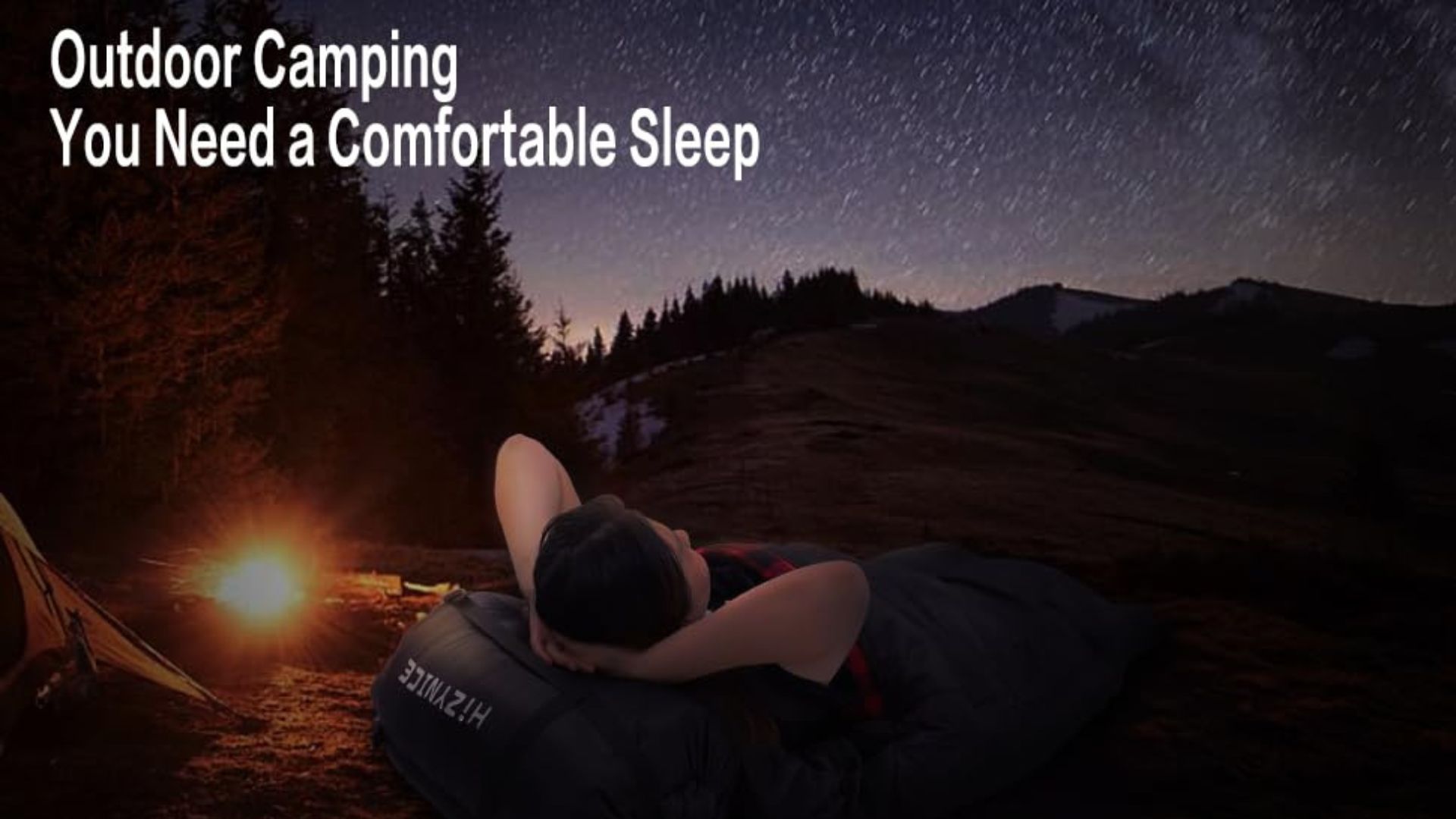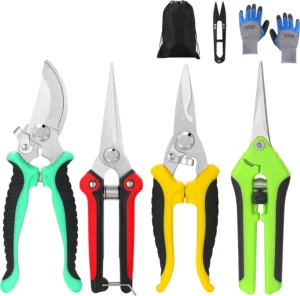There’s nothing quite like waking up in the wilderness, surrounded by frost-kissed trees and crisp mountain air. But here’s the thing: that magical experience can quickly turn miserable if you’re shivering all night in an inadequate sleeping bag. After years of camping in everything from autumn chill to near-freezing conditions, I’ve learned that investing in the right cold weather sleeping bag makes all the difference between a memorable trip and a sleepless ordeal.
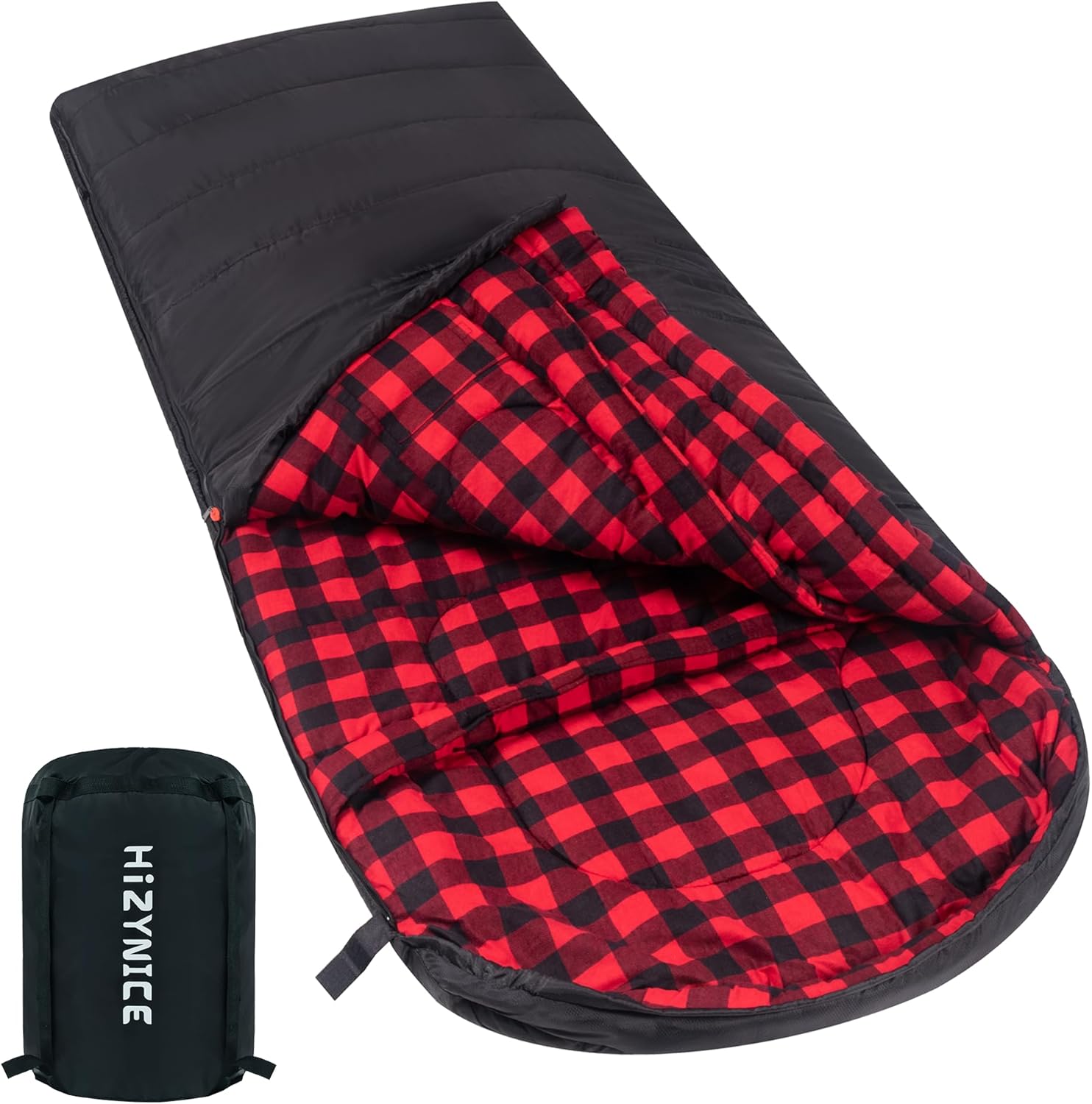
Why Your Standard Sleeping Bag Won’t Cut It in Winter
Let me share a story. Three years ago, I headed to the Rockies for a late-season camping trip with what I thought was a decent sleeping bag. The temperature dropped to 20°F, and I spent the entire night layering every piece of clothing I had. That’s when I realized: not all sleeping bags are created equal.
A true cold weather sleeping bag isn’t just thicker – it’s engineered with specific temperature ratings, insulation properties, and design features that trap body heat where you need it most. The difference between a three-season bag and a genuine winter bag can literally be the difference between comfort and hypothermia.
Understanding Temperature Ratings: The Science Behind Staying Warm
When shopping for a cold weather sleeping bag, you’ll encounter three critical temperature ratings that many campers overlook:
Comfort Temperature – This is where most users will sleep comfortably through the night. For serious winter camping, look for comfort ratings around 30°F or lower. This rating assumes you’re wearing a base layer and using a sleeping pad.
Limit Temperature – The lower survival threshold where an average sleeper can last for about eight hours without waking from cold. A limit temperature of 15°F provides a solid safety margin for unpredictable weather.
Extreme Temperature – The absolute minimum survival rating. While a 0°F extreme rating sounds impressive, you should never plan to camp at these temperatures. This rating exists for emergency situations only.
Understanding these numbers transformed how I choose gear. Instead of gambling with vague marketing terms like “winter-rated,” I now look at actual tested specifications.
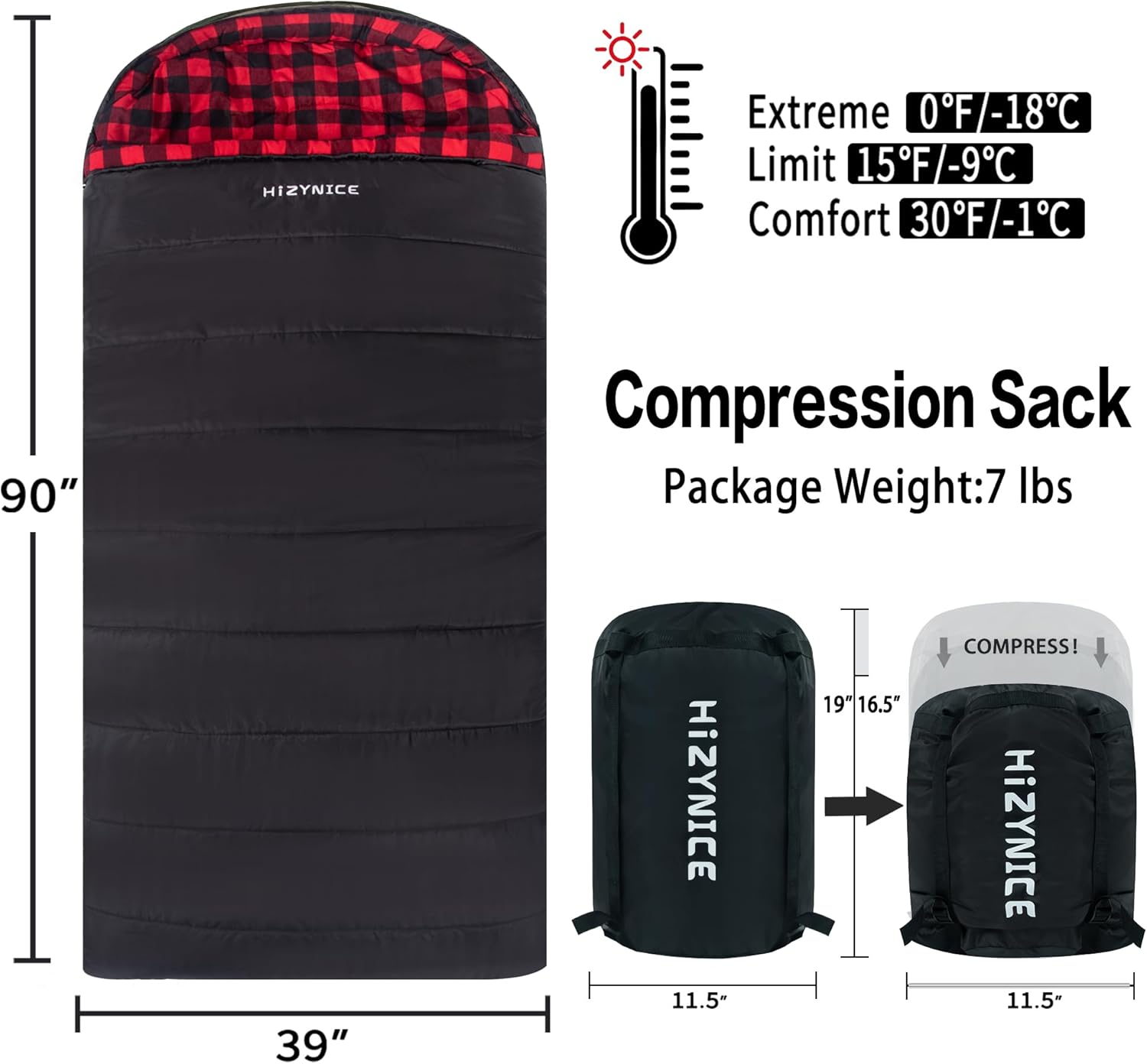
The Cotton Flannel Revolution: Comfort Meets Performance
Here’s where things get interesting. For years, synthetic materials and down insulation dominated the market, but there’s been a renaissance in natural fibers. A cold weather sleeping bag with 100% cotton flannel lining offers something synthetic bags struggle to provide: genuine coziness.
Think about your favorite flannel shirt – that soft, broken-in feeling that gets better with age. Now imagine that wrapping around you on a cold night. Cotton flannel breathes naturally, wicks moisture away from your skin, and creates a microclimate that feels like sleeping in your own bed rather than a crinkly nylon cocoon.
I switched to a flannel-lined bag two seasons ago, and the difference in sleep quality was immediate. No more waking up clammy from trapped condensation. No more sliding around inside a slippery synthetic shell. Just warmth and comfort.
Size Matters: Why Big and Tall Dimensions Change Everything
If you’ve ever felt like a sardine crammed into a mummy bag, you know the frustration. Traditional sleeping bags are designed for average-height users lying perfectly still on their backs. But real camping doesn’t work that way.
A genuinely spacious cold weather sleeping bag measuring 90 x 39 inches accommodates campers up to 6 feet 7 inches tall. More importantly, it gives you room to move. Side sleepers rejoice – you can finally shift positions without feeling constricted. Larger individuals don’t have to worry about the bag compressing insulation or restricting circulation.
The Freedom Factor
Extra space isn’t just about comfort. When you’re camping in cold weather, you often need to store items inside your bag – water bottles to prevent freezing, electronics to preserve battery life, or damp clothing to dry overnight. A roomy bag handles all this without compromising your sleeping space.
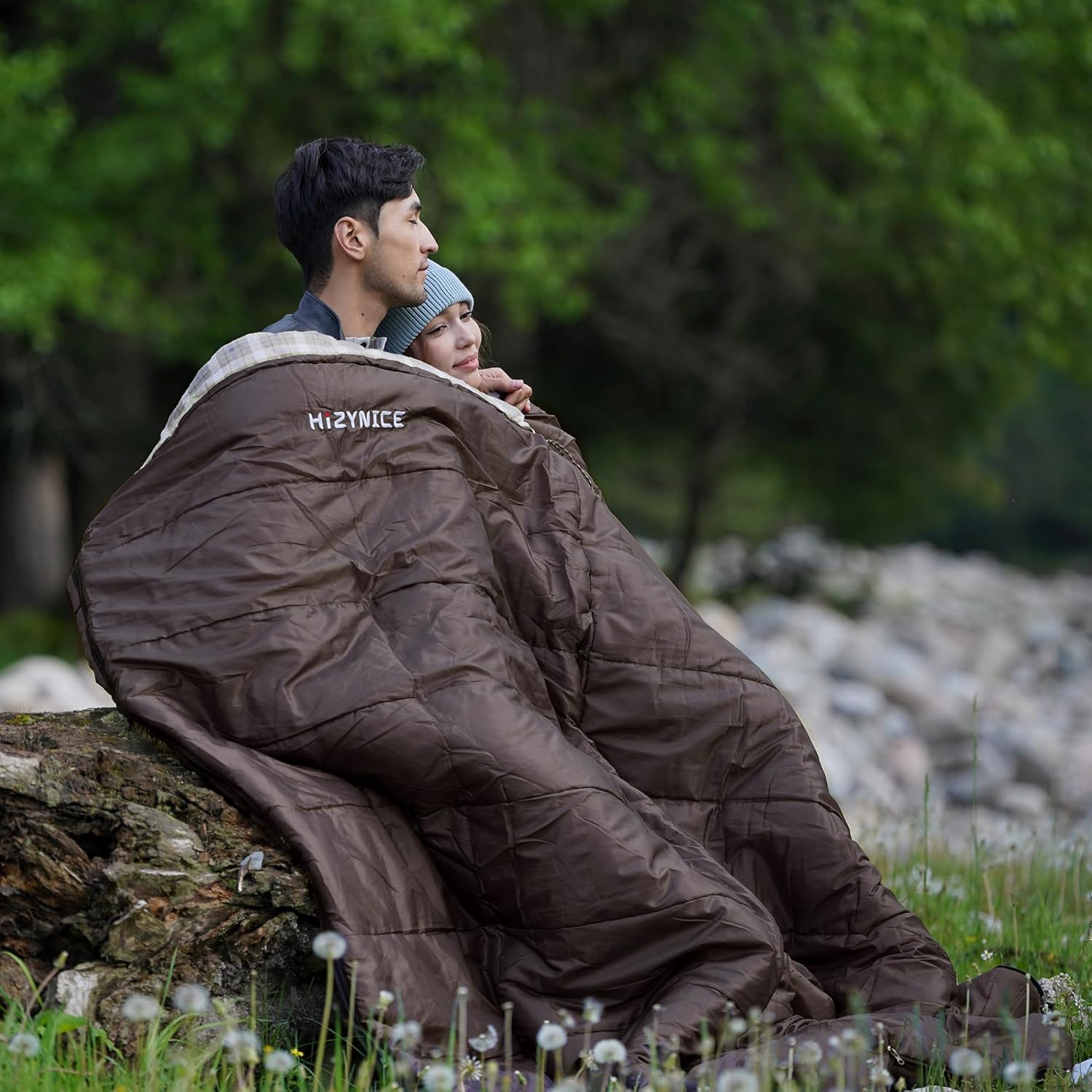
Smart Features That Separate Good Bags from Great Ones
The devil is in the details, and cold weather sleeping bags have evolved some seriously clever features:
Anti-Snag Zippers – Nothing ruins a camping trip faster than a jammed zipper. Quality two-way zippers that open from top or bottom give you ventilation control and emergency exit options. I’ve used mine to stick my feet out on warmer nights while keeping my torso insulated.
Draft Tubes – That insulated flap running along the zipper isn’t decorative. It prevents heat from escaping through the metal teeth. On a 20°F night, a good draft tube can make a 10-degree difference in perceived warmth.
Dual Bag Compatibility – Some cold weather sleeping bags zip together (left and right versions) to create a double bag. Perfect for couples, families with small children, or anyone who wants that shared warmth factor. I’ve used this feature for both romantic camping trips and practical cold-weather survival situations.
Full-Open Design – The ability to completely unzip your bag transforms it into a blanket or mat. This versatility means you’re not carrying dead weight during three-season camping when you don’t need full enclosure.
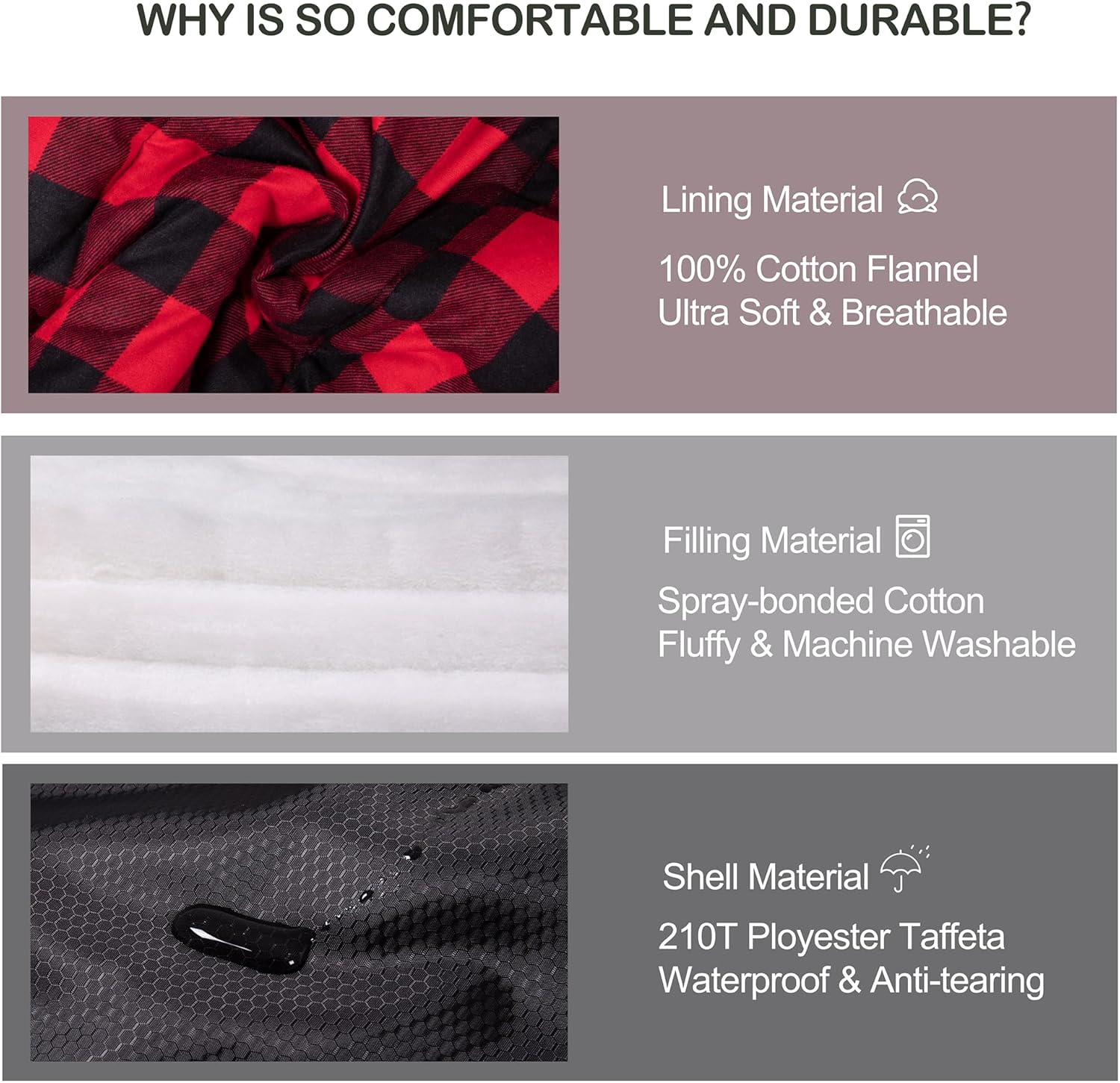
The Maintenance Secret Nobody Talks About
Here’s something most camping blogs skip: proper care dramatically extends your bag’s lifespan and performance. With a cold weather sleeping bag featuring cotton flannel, maintenance is surprisingly straightforward.
Machine wash in cold water using mild detergent on a gentle cycle. The trick? Place the flannel surface facing inward to protect the waterproof coating on the outer shell. This simple step preserves water resistance while cleaning the interior that contacts your skin.
I wash mine twice per season – once mid-season and once at the end before storage. Between washes, I air it out thoroughly after each trip, hanging it in a shaded area to prevent UV damage and eliminate moisture.
Storage Tips for Longevity
Never store your sleeping bag compressed. That compression sack is for transportation only. At home, hang your bag loosely or store it in a large breathable cotton bag. Keeping insulation compressed for months destroys its loft and thermal efficiency.
Real-World Performance: Three-Season Versatility
One of my favorite aspects of a quality cold weather sleeping bag is its three-season capability. Spring nights when temperatures swing from 50°F at sunset to 28°F at dawn? No problem. Fall camping when you need warmth but not suffocation? The ventilation zippers handle it beautifully.
Last April, I camped in the Cascades during an unexpected cold snap. While others in my group huddled in inadequate bags or retreated to their cars, I slept comfortably through a night that bottomed out at 18°F. The difference wasn’t toughness – it was equipment.
The Value Proposition: Investment vs. Expense
Quality outdoor gear represents an investment, not an expense. A proper cold weather sleeping bag costs more upfront than a budget option, but consider the math:
- Eliminates need for multiple bags for different seasons
- Machine washable means no expensive professional cleaning
- Durable construction lasts 10+ years with proper care
- Includes compression sack for easy transport and storage
- Provides genuine safety margin in cold conditions
I’ve owned budget bags that lasted two seasons before the zippers failed or insulation clumped. My current flannel-lined bag is entering its third season looking and performing like new. The per-night cost keeps dropping with every trip.
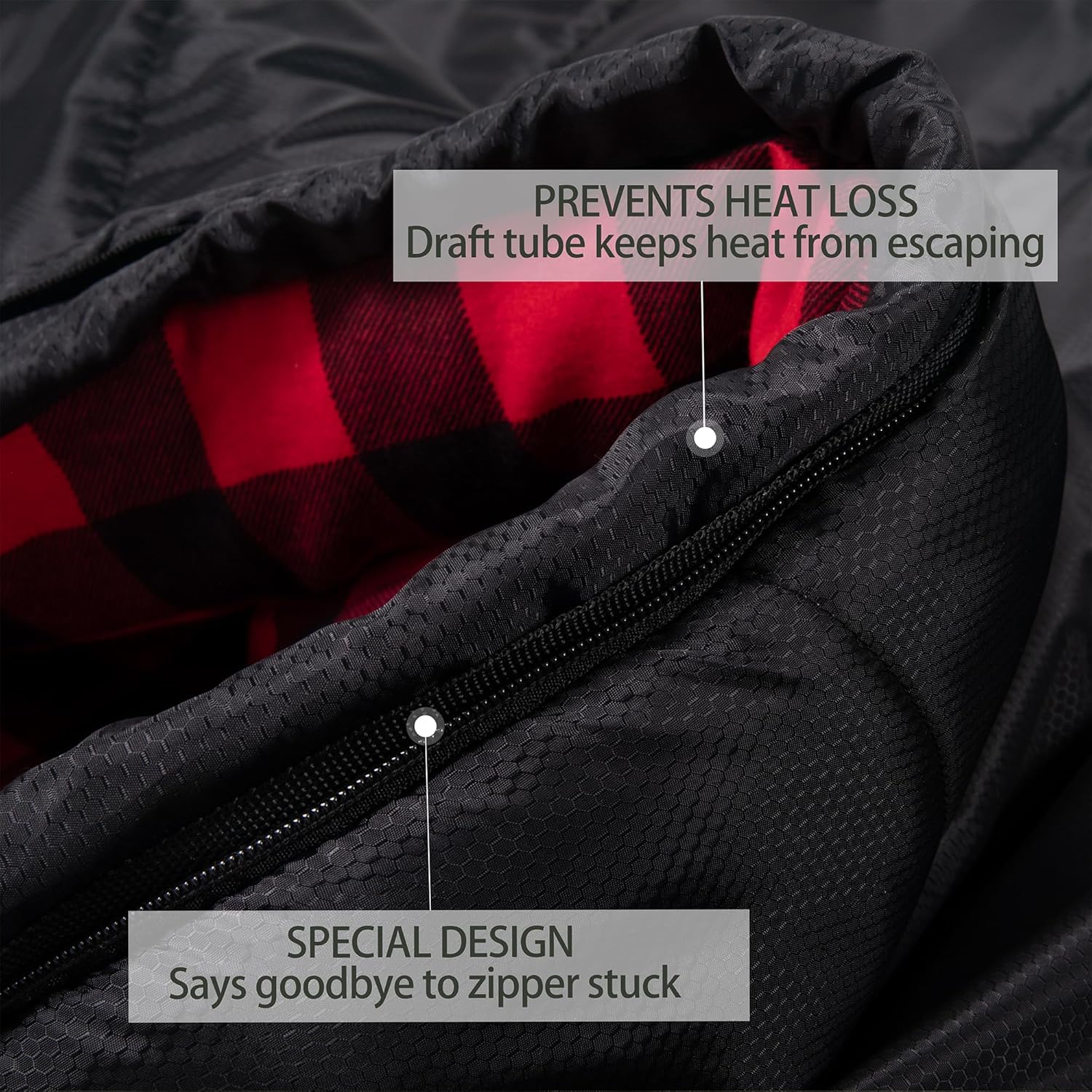
Who Benefits Most from Premium Cold Weather Gear
While everyone appreciates a good night’s sleep outdoors, certain groups benefit especially from a high-quality cold weather sleeping bag:
Big and Tall Individuals – Finally, a bag designed for your actual body dimensions. No more choosing between frozen feet or a compressed torso.
Side Sleepers – The extra width accommodates natural sleeping positions without creating cold spots from compressed insulation.
Three-Season Campers – One bag handles spring, fall, and winter conditions with simple ventilation adjustments.
Car Campers – When weight isn’t critical, the comfort and warmth of cotton flannel beats ultralight synthetics every time.
Cold Sleepers – If you run cold or camp with a partner who steals blankets, the robust temperature ratings provide peace of mind.
Making Your Purchase Decision
When you’re ready to invest in a cold weather sleeping bag, look beyond marketing hype to actual specifications:
- Verify temperature ratings from independent testing
- Check dimensions against your height and build
- Examine zipper quality and anti-snag features
- Confirm care instructions match your lifestyle
- Read reviews from users in similar climates
The right bag transforms camping from an endurance test into genuine rest and recovery. You’ll wake up refreshed instead of exhausted, ready to tackle the trail instead of longing for home.
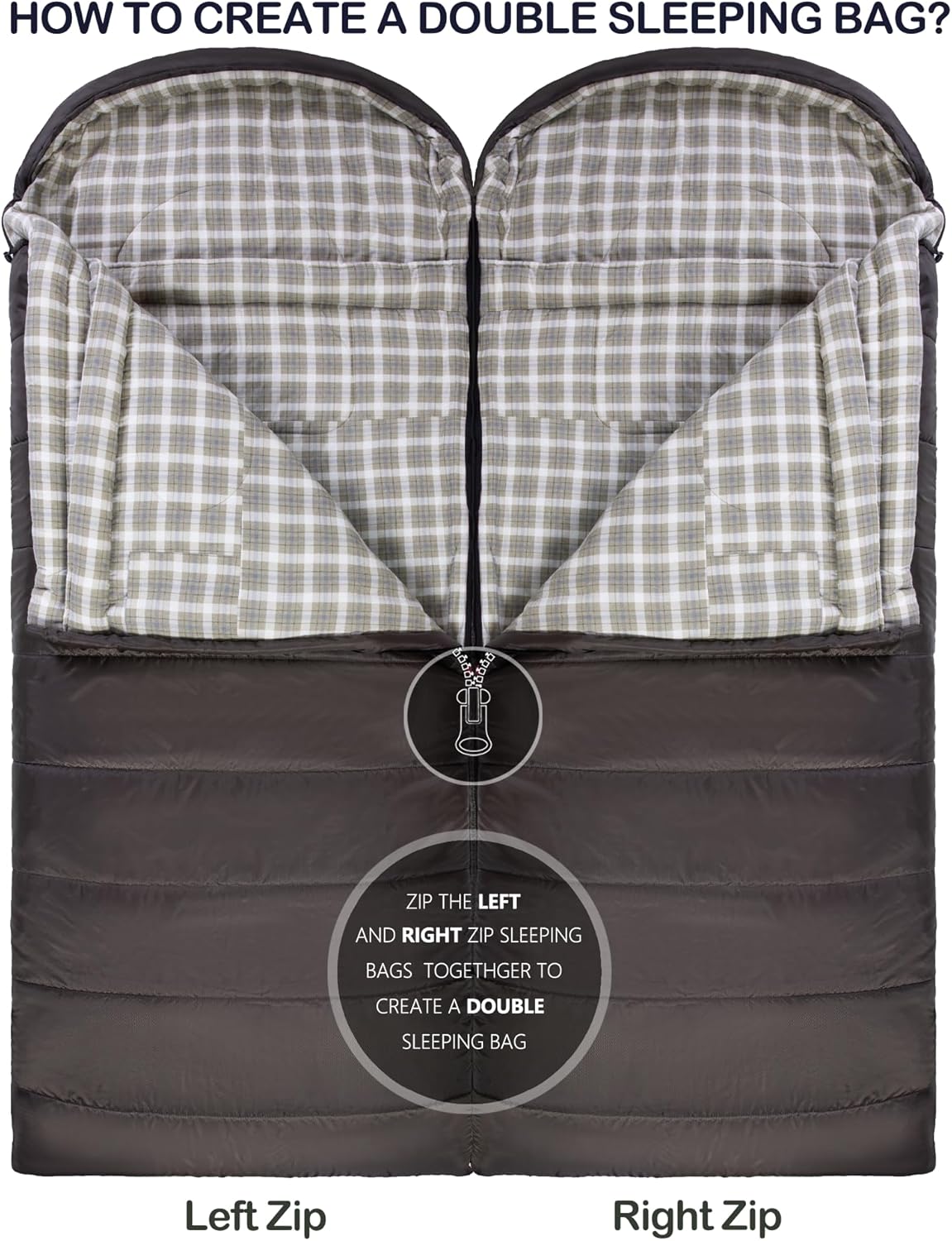
Final Thoughts: Embracing Cold Weather Adventures
Cold weather camping opens up a completely different outdoor experience. The crowds thin out. Wildlife behaves differently. The landscapes take on an otherworldly beauty. But none of that matters if you’re too cold to enjoy it.
Investing in a proper cold weather sleeping bag isn’t about buying expensive gear – it’s about enabling experiences. It’s about confidently planning that autumn backpacking trip or winter camping weekend without worrying whether you’ll survive the night.
Since upgrading my sleep system, I’ve camped in conditions I would have previously avoided. I’ve seen sunrise from mountain peaks in October, heard wolves howl on November nights, and watched meteor showers from winter campsites. None of that would have happened while I was suffering in an inadequate bag.
Your sleeping bag is your mobile bedroom, your refuge, your warm sanctuary in the cold wilderness. Choose wisely, and it becomes the foundation for countless adventures in the wild places that are most beautiful – and most vacant – when temperatures drop.

